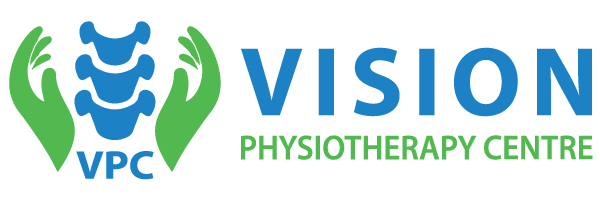PLID Treatment in Bangladesh
What is Prolapsed Lumbar Intervertebral Disc (PLID)
Prolapsed lumbar Intervertebral Disc (PLID) is a common spinal disorder that affects millions of people worldwide. It is a condition where the soft cushion-like material between the vertebrae in the lower back, known as the intervertebral disc, bulges or ruptures, causing compression of the nerves and spinal cord. This can result in pain, numbness, and weakness disc in the lower back and legs for many patients. We will know the treatment of PLID without surgical options at the Vision Physiotherapy Center in Uttara.
Plid Treatment in Bangladesh is significant due to factors such as poor posture, sedentary lifestyle, and lack of awareness about proper back care. According to recent studies, the incidence of this condition in Bangladesh is estimated to be around 20-25% of the population, with an injury that may higher prevalent in urban areas.
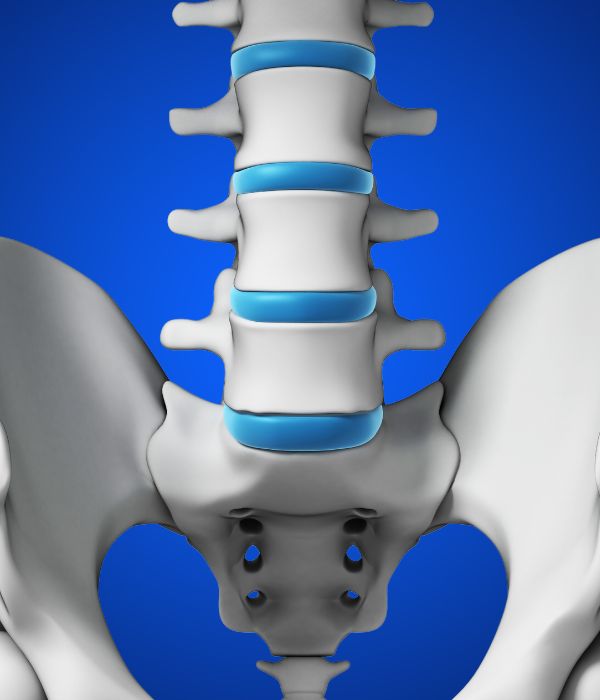
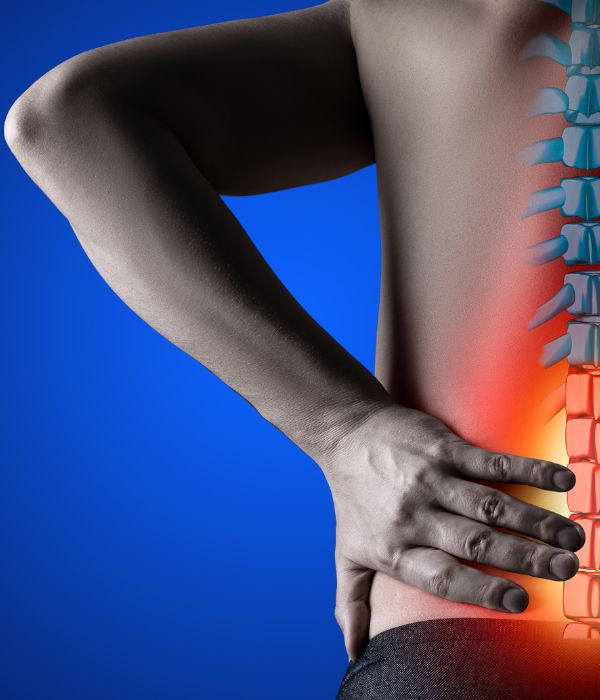
Causes of (PLID) Prolapsed Lumbar Intervertebral Disc:
Age and degeneration:
As a people age group, the intervertebral discs of the lumbar spine can lose their water content, becoming less flexible and more prone to damage. This can lead to bulging or rupturing of the disc, causing compression of the spinal nervous system.
Trauma:
Physical trauma, such as a fall, car accident, or sports injury, can cause sudden and severe pressure on the intervertebral discs, leading to prolapse.
Poor Posture and Body Mechanics:
Prolonged sitting, standing, or lifting heavy objects with poor posture can put excessive strain on the low back pain, causing the intervertebral discs to bulge or rupture over time.
Obesity:
Excess weight can increase pressure on the lower back, contributing to the wear and tear of the intervertebral discs, and leading to prolapse.
Symptoms of Prolapsed Lumbar Intervertebral Disc
The symptoms of PLID Treatment in Bangladesh can vary depending on the severity and location of the damage. Common PLID Symptoms includes:
Lower Back Pain:
The most common symptom of lumbar disc herniation is lower back pain, which can range from mild to severe and may be constant or intermittent. Spinal fusion is a surgical procedure used to treat lower back pain by joining two or more vertebrae together to create a single, solid bone.
Leg Pain and Numbness:
Compression of the spinal nerves can cause pain, numbness, tingling, or burning sensations in the legs, which may worsen with movement or prolonged sitting or standing.
Weakness in Lower Limbs:
Damage to the nerves can also lead to weakness or difficulty in moving the legs or feet, making it challenging to walk or perform daily activities.
Bladder and Bowel Dysfunction:
Bladder and bowel dysfunction may occur as a result of sciatica caused by a Prolapsed Lumbar Intervertebral Disc, such as difficulty in passing urine or feces, or loss of control, which requires immediate medical attention.
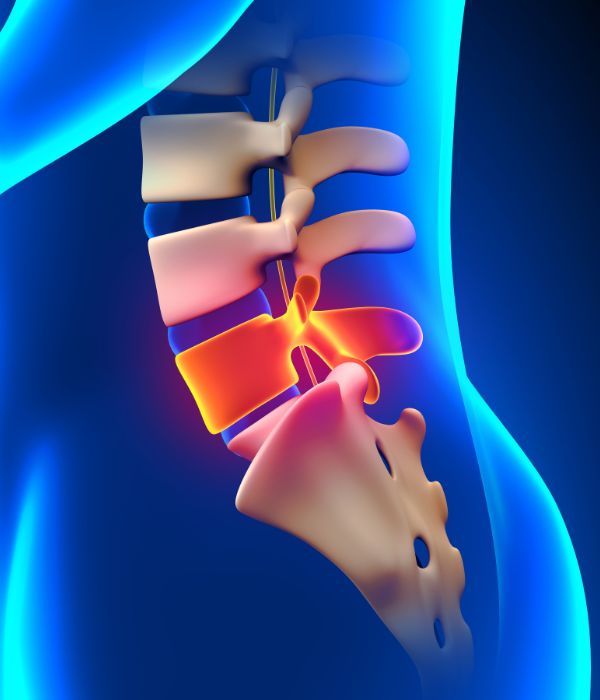
Diagnosis of PLID Treatment in Bangladesh
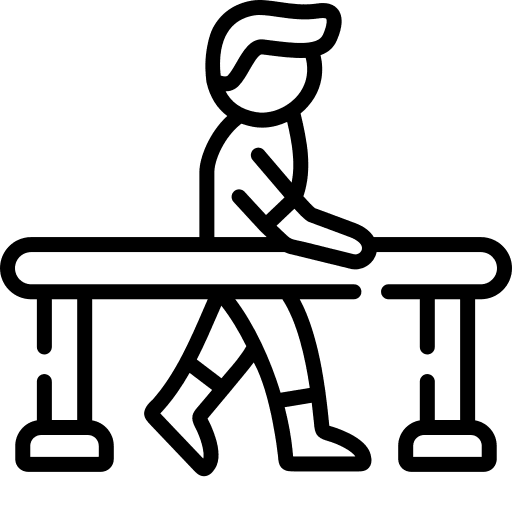
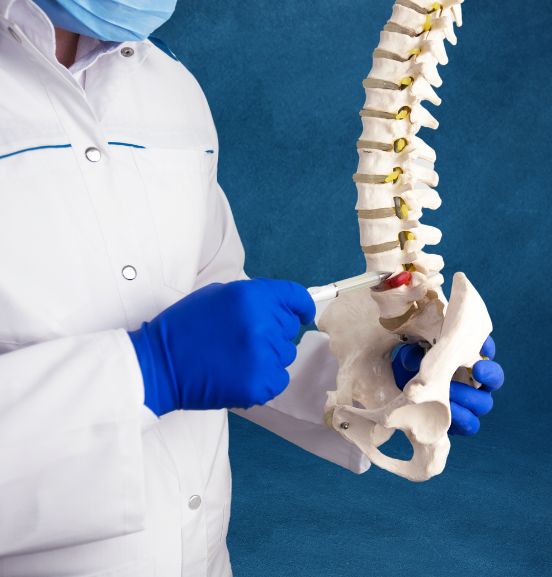
Medical History and Physical Examination:
The doctor will begin by taking a detailed medical history, and asking about symptoms, risk factors, and any previous back problems. They will then conduct a physical examination, checking for signs of pain, weakness, or numbness in the lower back and legs, and assessing posture, flexibility, and range of motion.
Imaging Tests:
Imaging tests such as X-rays, CT scans, or MRI may be ordered to confirm the diagnosis and assess the severity of the disc prolapse. These tests can reveal the location and extent of the damage to the intervertebral discs and surrounding structures, such as bones, muscles, and nerves.
Nerve Conduction Studies:
In some cases, nerve conduction studies may be performed to evaluate the extent of nerve damage caused by the prolapse. This involves placing small electrodes on the skin to measure the electrical activity of the nerves and muscles in the affected area.
Nerve Conduction Studies:
In some cases, nerve conduction studies may be performed to evaluate the extent of nerve damage caused by the prolapse. This involves placing small electrodes on the skin to measure the electrical activity of the nerves and muscles in the affected area.
Treatment Options for Prolapsed Lumbar Intervertebral Disc (PLID) in Dhaka
Plid Treatment in Bangladesh
Stretching Exercises
Manual Therapy
Electrotherapy
TENS involves the use of low-frequency electrical impulses to block pain signals from reaching the brain, reducing the sensation of pain. IFT uses high-frequency electrical impulses to stimulate the muscles and nerves in the affected area, improving circulation and reducing pain and inflammation. NMES involves the use of electrical impulses to contract the muscles, which can help strengthen and rehabilitation the affected area.
Postural Correction
Orthotics
Lifestyle Modifications
Advanced Physiotherapies
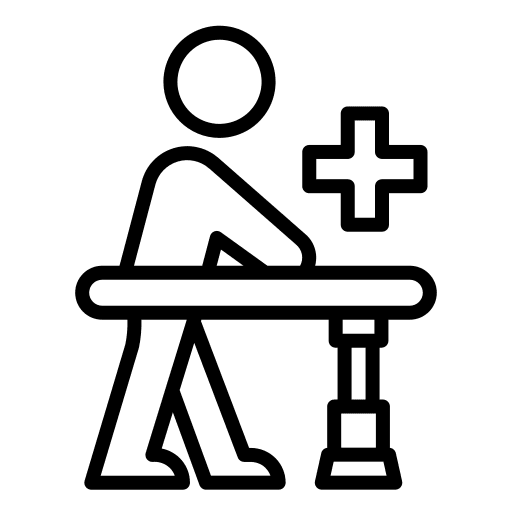
Shockwave therapy
PEMF therapy
Acupuncture
Ozone Therapy
Another advanced therapy that can be used to treat Prolapsed Lumbar Intervertebral Disc (PLID) is ozone therapy. This therapy involves the injection of ozone gas into the affected area, which can help to reduce pain and inflammation and accelerate the healing process.
Which Lumbar Disc Treatment is Effective for You
The prolapsed lumbar intervertebral disc (PLID) is a common condition that can cause lower back pain, leg pain, and other symptoms that can significantly impact the quality of life. In Dhaka, treatment options range from conservative approaches such as pain management, physiotherapy, and lifestyle changes to more aggressive options like spinal surgery by a spine surgeon. Early diagnosis and treatment of lumbar are crucial to managing the condition and preventing further damage.
Collaboration among healthcare experts and individuals at Vision Physiotherapy Center in Banani is essential for effective prolapsed lumbar intervertebral disc management, ultimately enhancing the quality of life for Bangladeshi patients.

